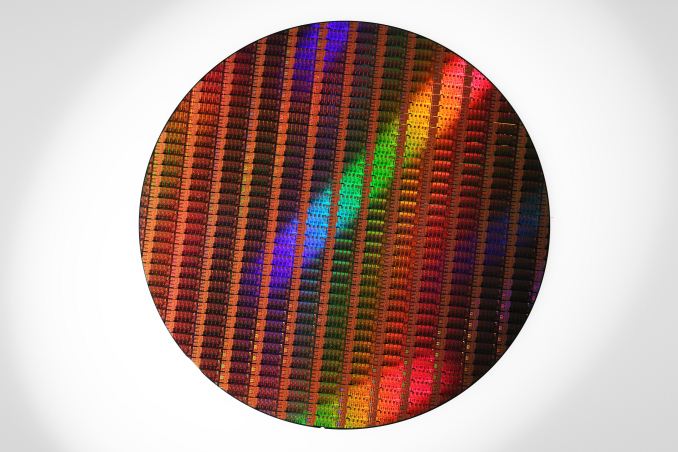The Haswell Review: Intel Core i7-4770K & i5-4670K Tested
by Anand Lal Shimpi on June 1, 2013 10:00 AM ESTFinal Words
I’m a fan of Haswell, even on the desktop. The performance gains over Ivy Bridge depend on workload, but in general you’re looking at low single digits to just under 20%. We saw great behavior in many of our FP heavy benchmarks as well as our Visual Studio compile test. If you’re upgrading from Sandy Bridge you can expect to see an average improvement just under 20%, while coming from an even older platform like Nehalem will yield closer to a 40% increase in performance at the same clocks. As always, annual upgrades are tough to justify although Haswell may be able to accomplish that in mobile.
Even on the desktop, idle power reductions are apparent both at the CPU level and at the platform level. Intel focused on reducing CPU power, and it seems like Intel's motherboard partners did the same as well. Under load Haswell can draw more power than Ivy Bridge but it typically makes up for it with better performance.
Overclockers may be disappointed at the fact that Haswell is really no more of an overclocker (on air) compared to Ivy Bridge. Given the more mobile focused nature of design, and an increased focus on eliminating wasted power, I don’t know that we’ll ever see a return to the heyday of overclocking.
If the fact that you can’t easily get tons of additional frequency headroom at marginal increase to CPU voltage is the only real downside to the platform, then I’d consider Haswell a success on the desktop. You get more performance and a better platform at roughly the same prices as Ivy Bridge a year ago. It’s not enough to convince folks who just bought a PC over the past year or two to upgrade again, but if you are upgrading from even a 3 year old machine the performance gains will be significant.











210 Comments
View All Comments
Ninokuni - Saturday, June 1, 2013 - link
"The new active idle (S0ix) states are not supported by any of the desktop SKUs"Does this mean the whole PSU haswell compatability issue is now irrelevant?
jhoff80 - Saturday, June 1, 2013 - link
I believe that PSU issue was in relation to the C6 and C7 states, not S0ix.smilingcrow - Saturday, June 1, 2013 - link
Correct as desktop PSUs are used with desktop CPUs. :)Egg - Saturday, June 1, 2013 - link
To reiterate owikh84, there appears to be a serious typo in the title - it should be 4670k, not what appears to be a nonexistent 4560k part.RaistlinZ - Saturday, June 1, 2013 - link
This review was a bit more positive than the one at Guru3d. Their numbers show the performance difference being almost nothing. Guess my i7-930 @4Ghz will dredge on for another generation.chizow - Saturday, June 1, 2013 - link
I'd consider it but the IPC gains alone since Nehalem make the upgrade worthwhile, and the rest of the X58 specs are already sagging badly. It still does OK with PCIE bandwidth due to the 40 total PCIE 2.0 lanes, but 20 PCIE 3.0 lanes is equivalent with PCIE 3.0 cards. The main benefit however is running SATA 6G for my SSDs and gaining some USB 3.0 ports for enclosures, etc. They have been bottlenecked for too long on SATA 3G and USB 2.0.I would consider waiting for IVB-E or Haswell-E but Intel always drags their feet and ultimately, these solutions still end up feeling like a half step back from the leading edge mainstream performance parts.
zanon - Saturday, June 1, 2013 - link
Intel's artificial segmentation of some features are more irritating then others, but not including VT-d everywhere really, really sucks. An IOMMU isn't just helpful for virtualization (and virtualization isn't just a "business" feature either), it's critical from a security standpoint if an OS is to prevent DMA attacks via connected devices (and just helping increase stability also). It should be standard, not a segmentation feature.klmccaughey - Monday, June 3, 2013 - link
Yea, I just don't get why they dropped VT-d. Really silly. A lot of power users on the desktop use virtualisation.Chriz - Saturday, June 1, 2013 - link
I'm curious about something. If you say Intel got rid of legacy PCI support in the 8 series chipsets, why am I still seeing PCI slots on these new motherboards being released? Are they using third party controllers for PCI?CajunArson - Saturday, June 1, 2013 - link
"Are they using third party controllers for PCI?"Yes.